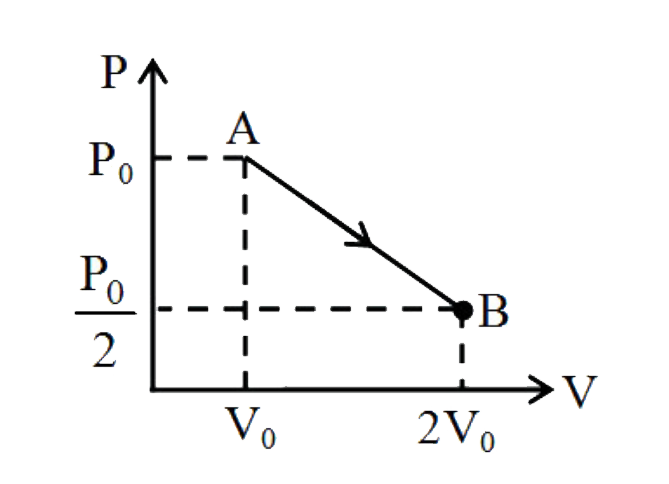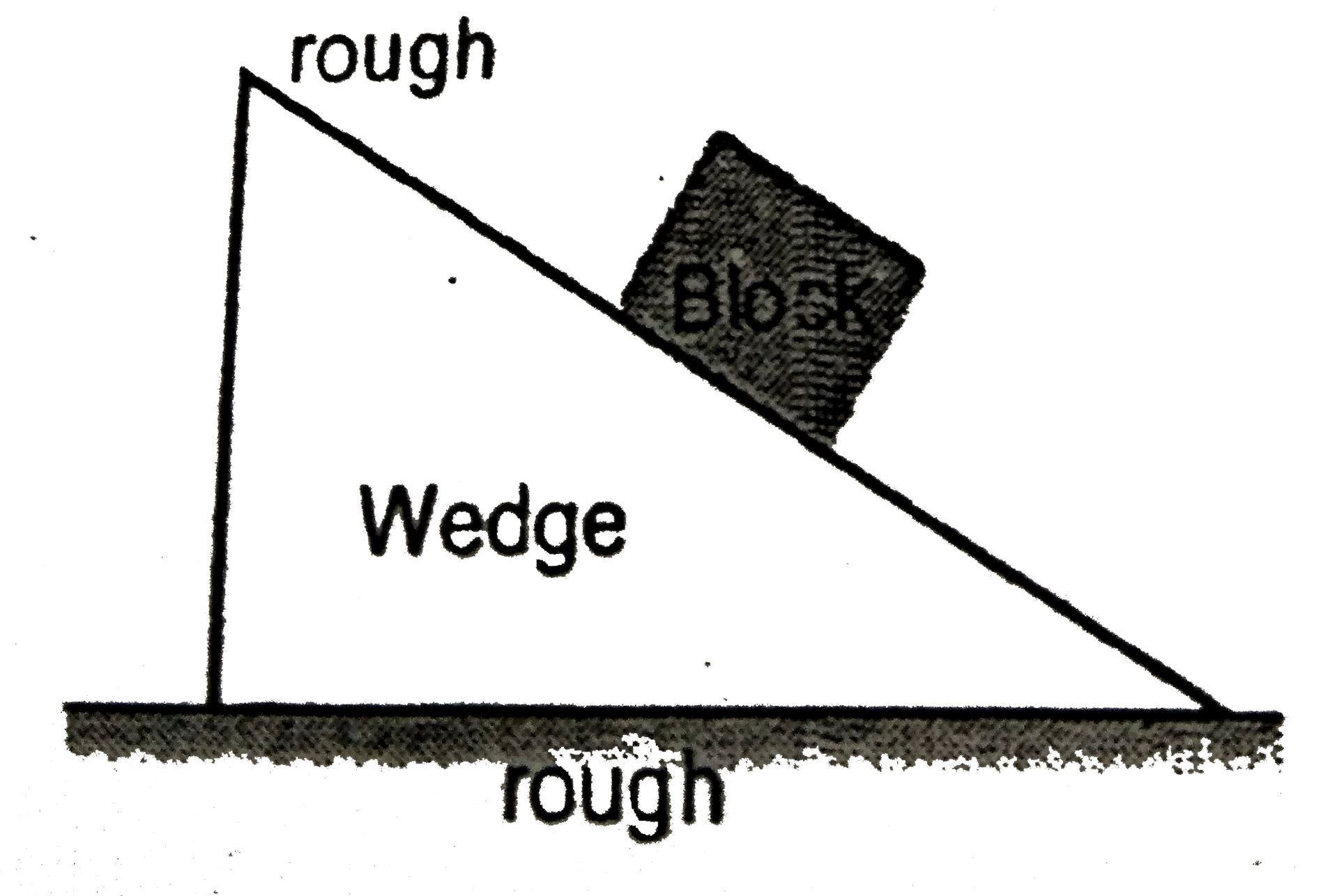The post Bhopal gas disaster analysis showed that the accident started, when the leakage of a tank started containing
Methyl isocyanide
Methyl isocyanate
Ethyl isocyanide
Ethyl isocyanate
The correct Answer is:B
Step-by-Step Solution:
1. Identify the Incident: The Bhopal gas disaster occurred on the night of December 2nd, 1984. It is crucial to note the date and the nature of the incident as it sets the context for the question.
2. Determine the Cause of the Accident: The accident was initiated by the leakage of a chemical from a tank. The chemical that leaked was methyl isocyanate (MIC), which is a highly toxic substance.
3. Identify the Source of the Chemical: The methyl isocyanate was stored at the Union Carbide India Limited facility, which was a pesticide manufacturing plant. This detail is important as it identifies the company responsible for the disaster.
4. Understand the Impact: The leakage of methyl isocyanate resulted in a catastrophic event, turning the city of Bhopal into a gas chamber. Thousands of people were affected, leading to numerous fatalities and injuries.
5. Recognize the Scale of the Disaster: The Bhopal gas tragedy is considered one of the world's worst industrial disasters due to the scale of the impact, with thousands of deaths and long-term health consequences for the survivors.
Final Answer: The Bhopal gas disaster analysis showed that the accident started when the leakage of a tank containing methyl isocyanate occurred.
---
Topper's Solved these Questions
- BOOK - ICSECHAPTER - ENVIRONMENTAL ISSUESEXERCISE - COMPETITION CORNER (ASSERTION AND REASON TYPE QUESTIONS (FOR AIIMS ASPIRANTS))9videos
ENVIRONMENTAL ISSUES
- BOOK - ICSECHAPTER - ENVIRONMENTAL ISSUESEXERCISE - REVIEW QUESTIONS10videos
ENVIRONMENTAL ISSUES
- BOOK - ICSECHAPTER - ECOSYSTEMSEXERCISE - COMPETITION CORNER (ASSERTION AND REASON TYPE QUESTIONS (FOR AIIMS ASPIRANTS))14videos
ECOSYSTEMS
- BOOK - ICSECHAPTER - EVOLUTIONEXERCISE - COMPETITION CORNER (Assertion and Reason Type Questions (For AIIMS aspirants))26videos
EVOLUTION
Similar Questions
Knowledge Check
- Question 1 - Select One
Given below are four statements each with two blanks. Select the option which correctly fills up the blank in any two statements.
(i) Bhopal gas disaster took place on ___ 1994 and this day is now observed as the ____ day in India to make the anniversary of the Bhopal gas disaster.
(ii) ____ is a biodergradable pollutant while ___ is a non-biodegradable pollutant while ____ is a non-biodegradable pollutant.
(iii) When pollutants are released from a single point it is called ____ pollution, but when it is over a large area, then it is called ____ pollution.
(iv) _____ is the world's most problematic aquatic weed, introduced in India for its lovely flowers, also called as ____.A(i) December 5, National pollution prevention (iv) Parthenium, terror of BengalB(i) December 2, Bhopal gas tragedy (ii) DDT, sewageC(ii) Sewage, DDT (iii) point source, non-point sourceD(iii) line source, fixed source (iv) Eichhornia, tiger of Bengal
In 1984, Bhopal gas tragedy was caused due to the leakage of
View SolutionIn the textbook you came acroos Three Mile Island and Chernobyl disasters associated with accidental leakage of radioactive wastes. In India we had Bhopal gas tragedy. It is associated with which of the following ?
View SolutionIn the textbook you came acroos Three Mile Island and Chernobyl disasters associated with accidental leakage of radioactive wastes. In India we had Bhopal gas tragedy. It is associated with which of the following ?
View SolutionAn ideal monoatomic gas undergoes an expansion from state A to state B following a process which is shown in the indicator diagram. If initially during the expansion, the gas was absorbing heat and later on it was rejecting heat, then what was the volume of the gas when it started rejecting the heat?
 View Solution
View SolutionA refrigeration tank holding 5.00L feron gas (C2Cl2F4) at 25∘C and 3.00atm pressure developed a leak. When the leak was discovered and repaired, the tank has lost 76.0g of the gas. What was the pressure of the gas remaining in the tank at 25∘C?
View SolutionWhen a block is placed on a wedge as shown in figure, the block starts sliding down and the wedge also start sliding on ground. All surfaces are rough. The centre of mass of ( wedge + block ) system will move.
 View Solution
View SolutionThe angle which the rough inclined plane makes with the horizontal when the body placed on it just starts sliding down is called
View Solution

